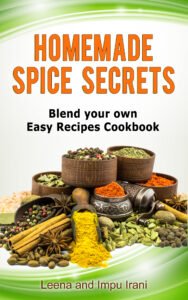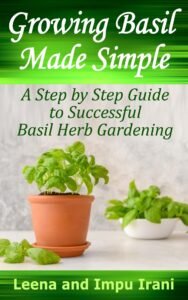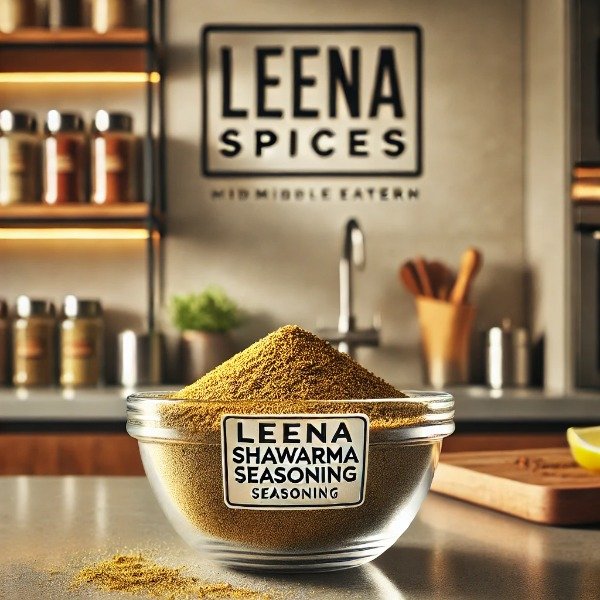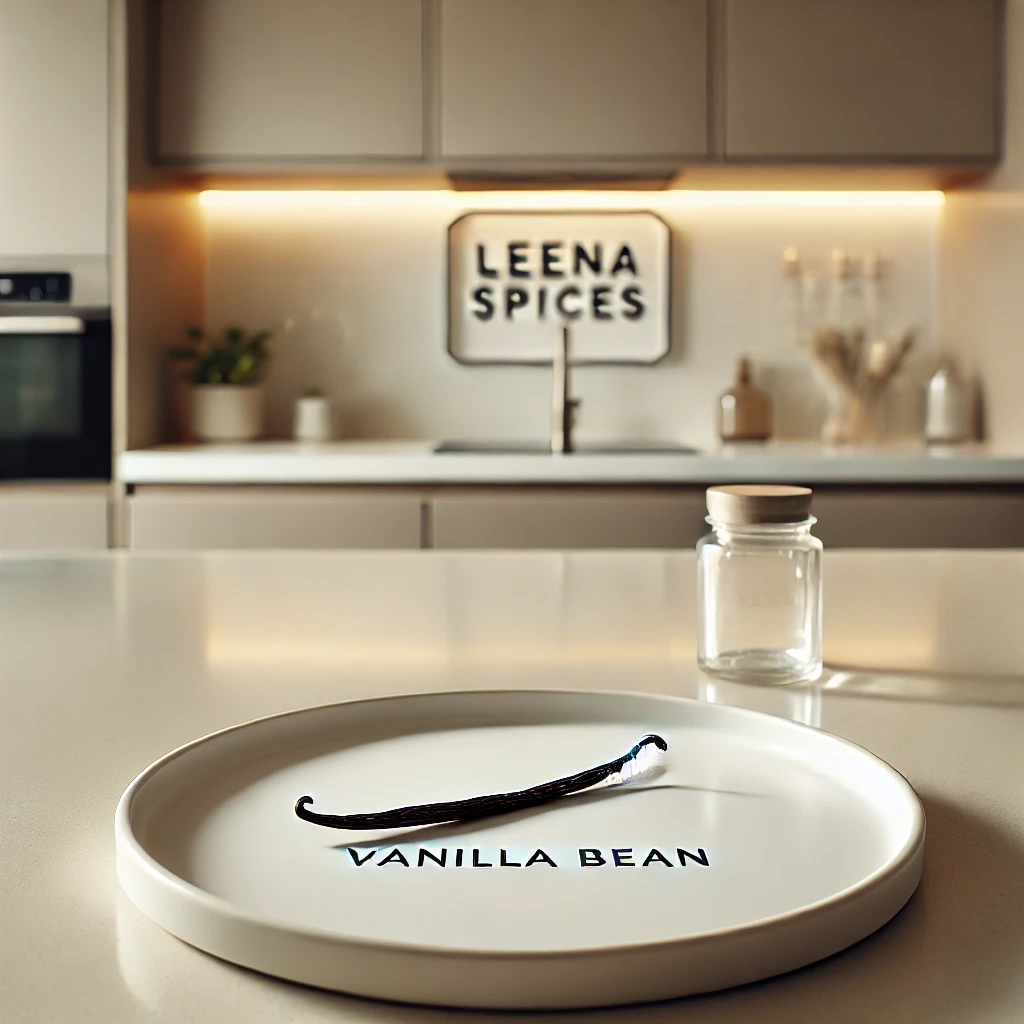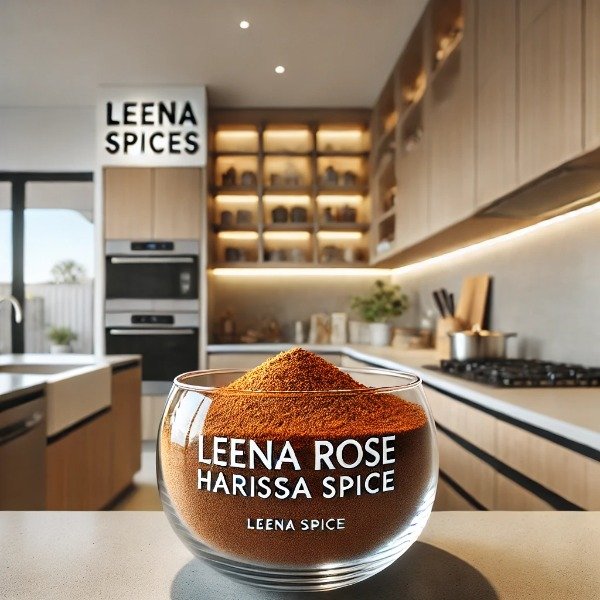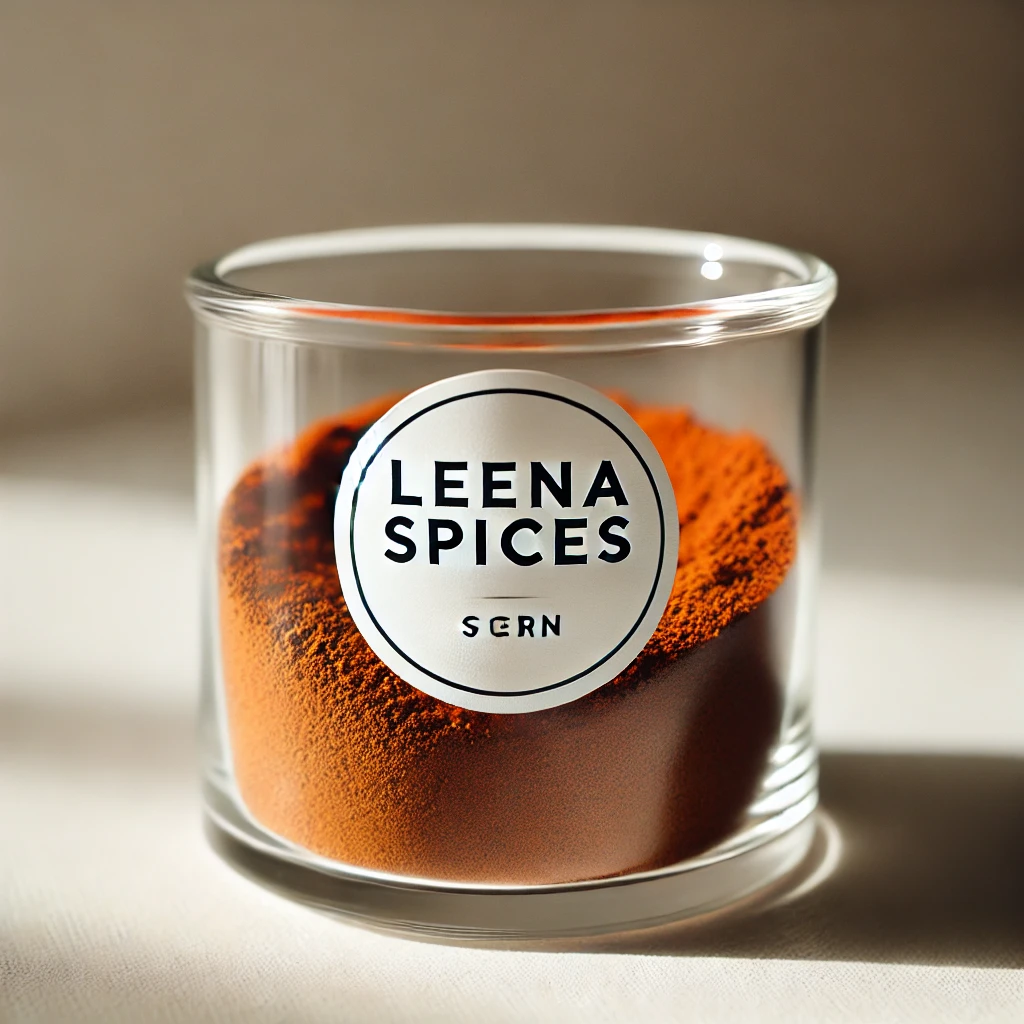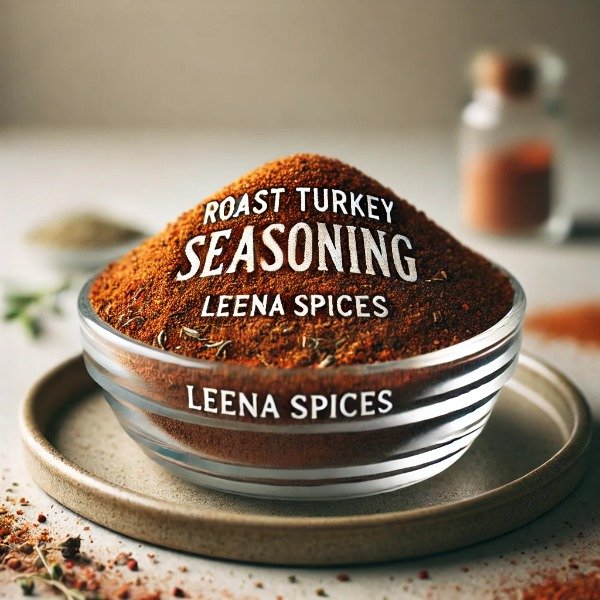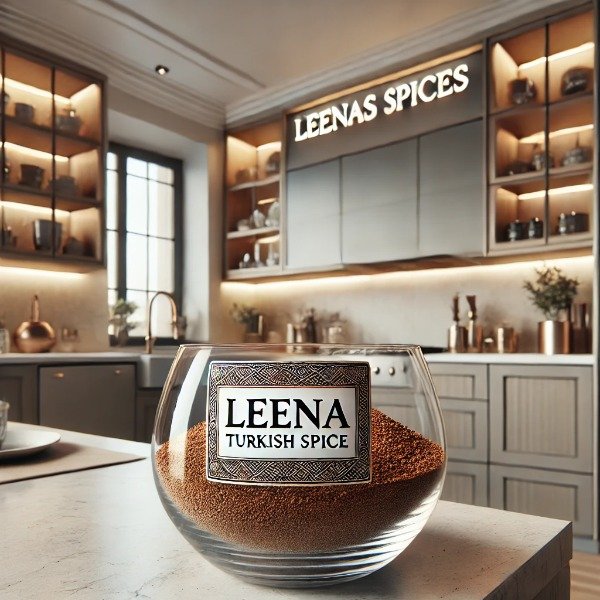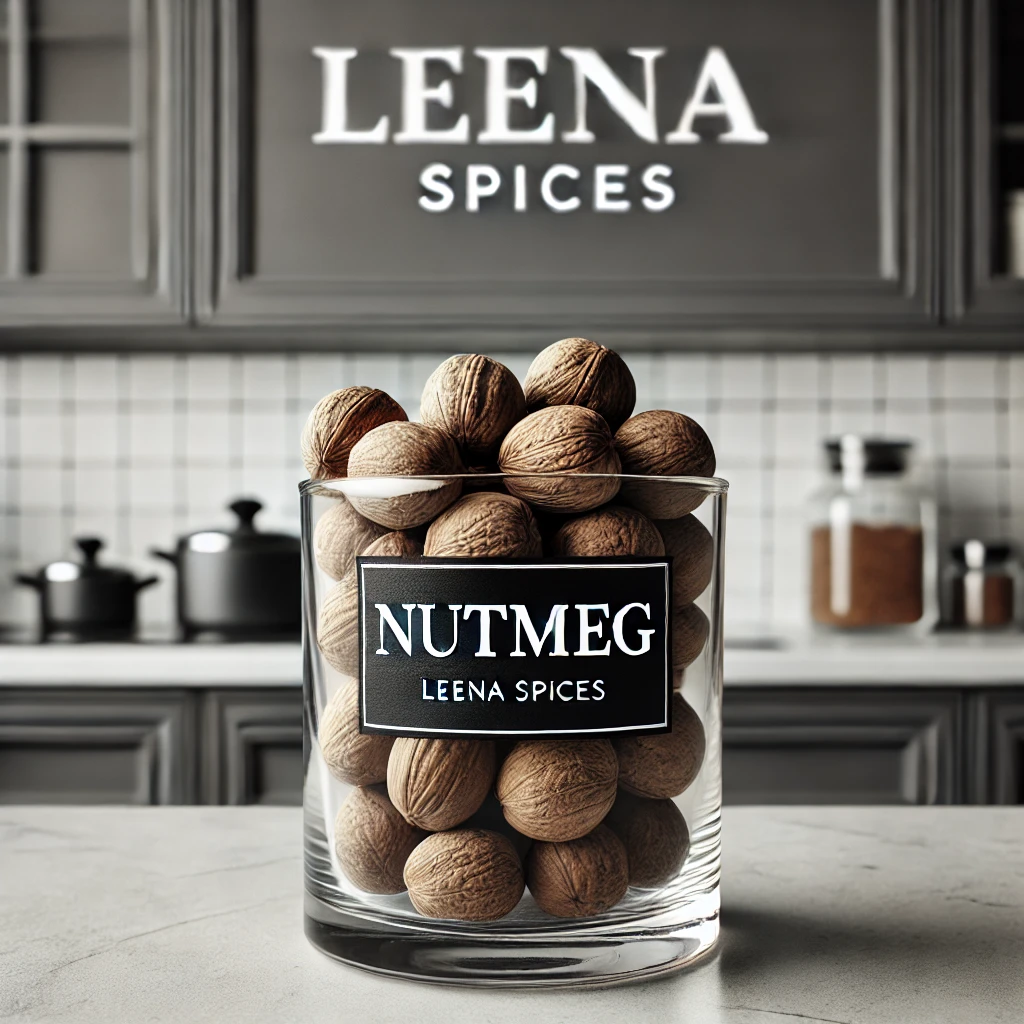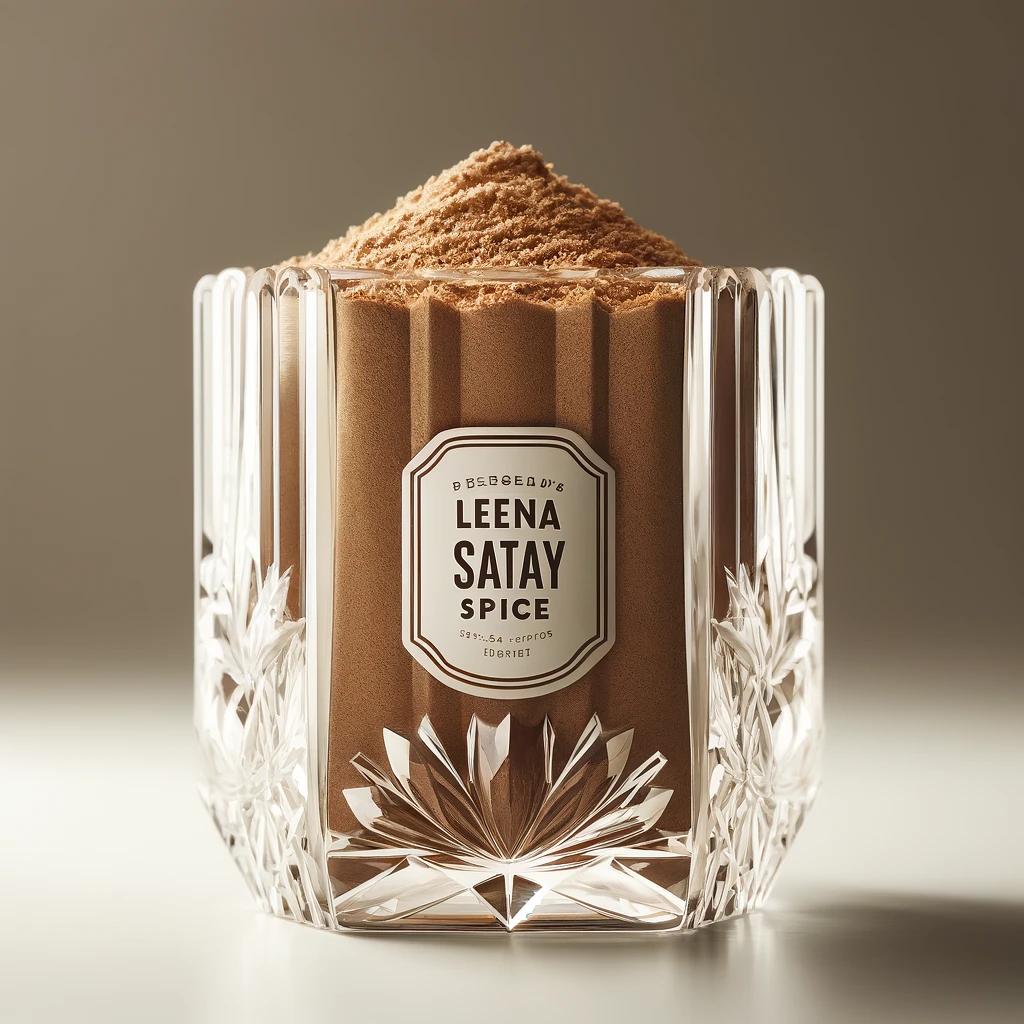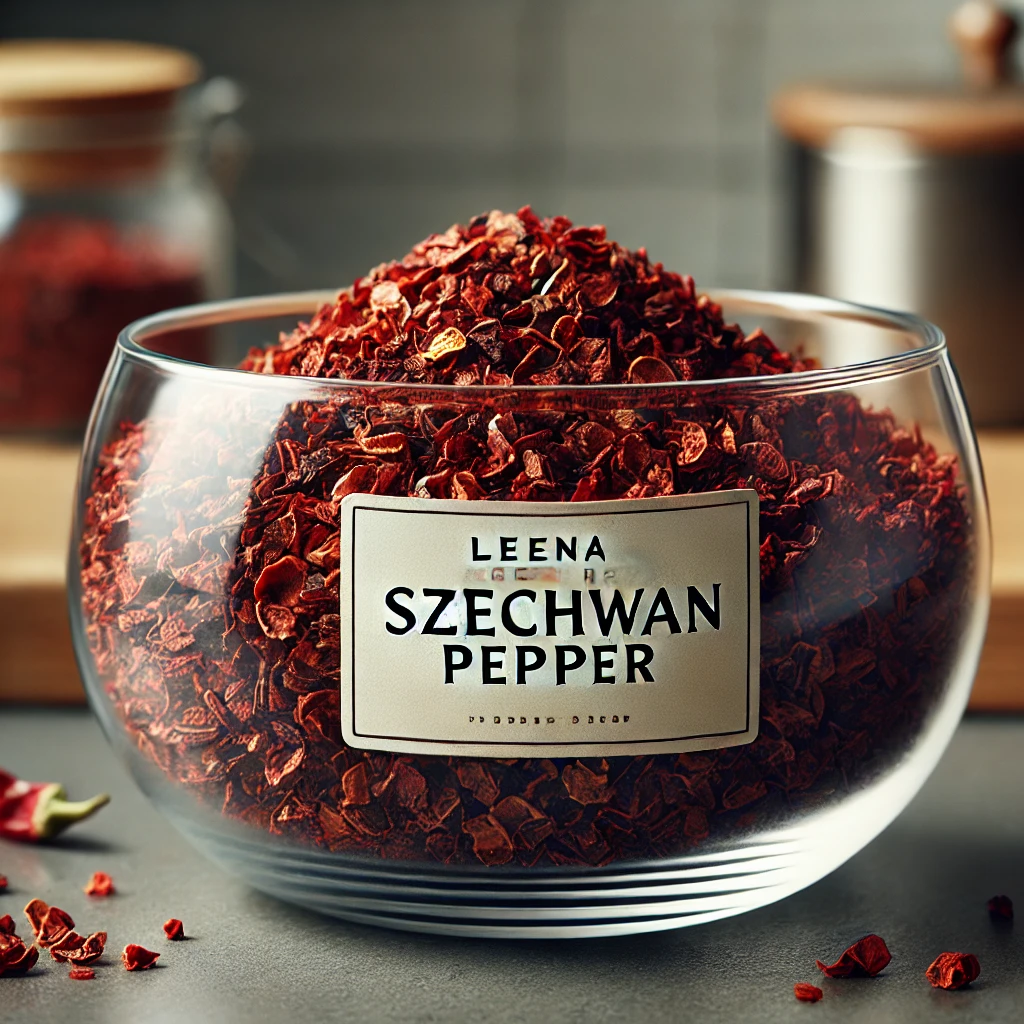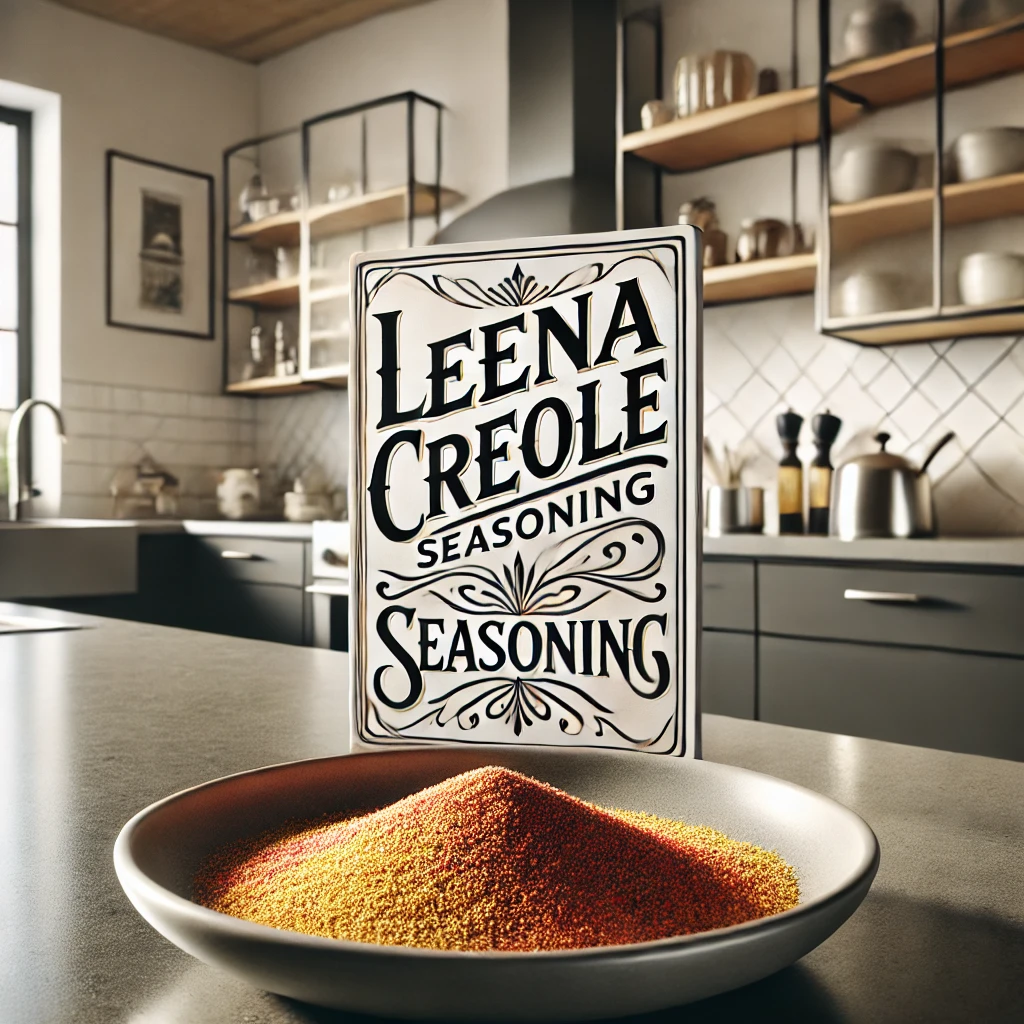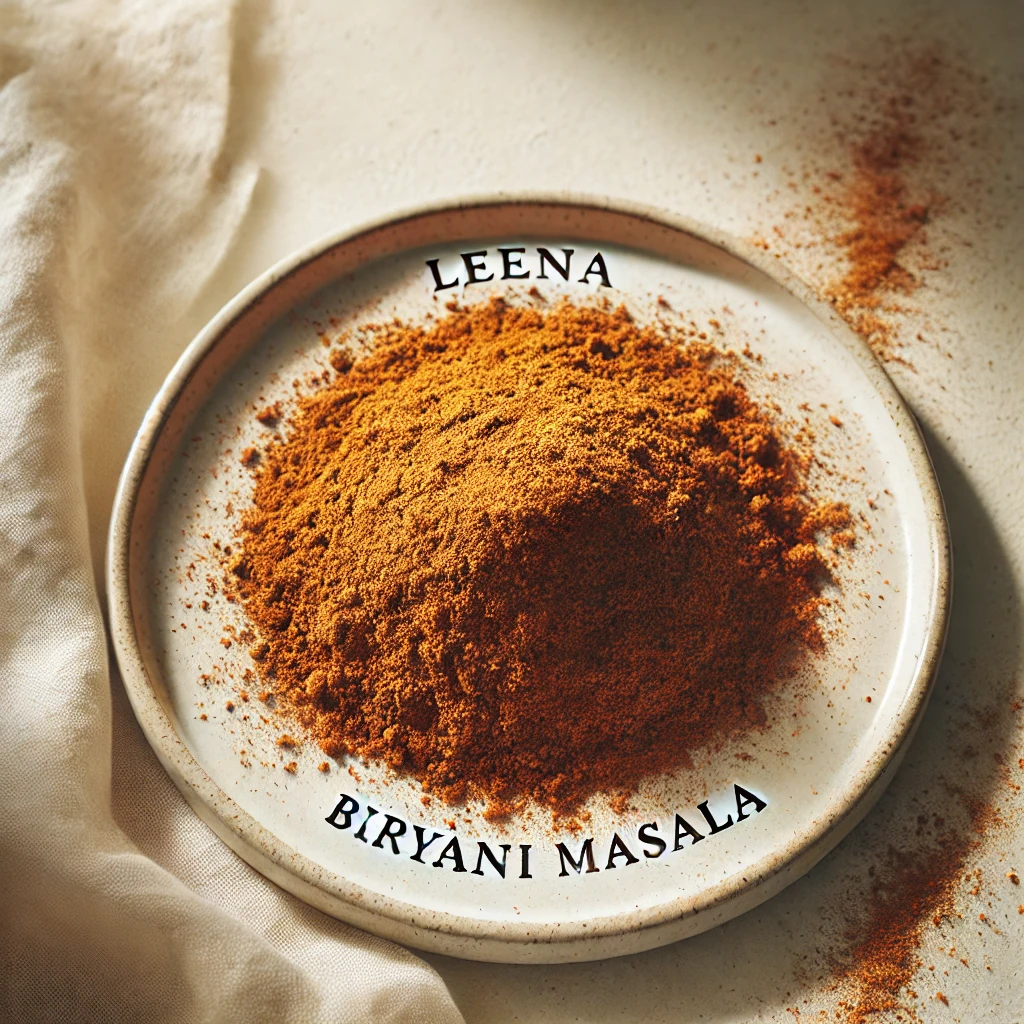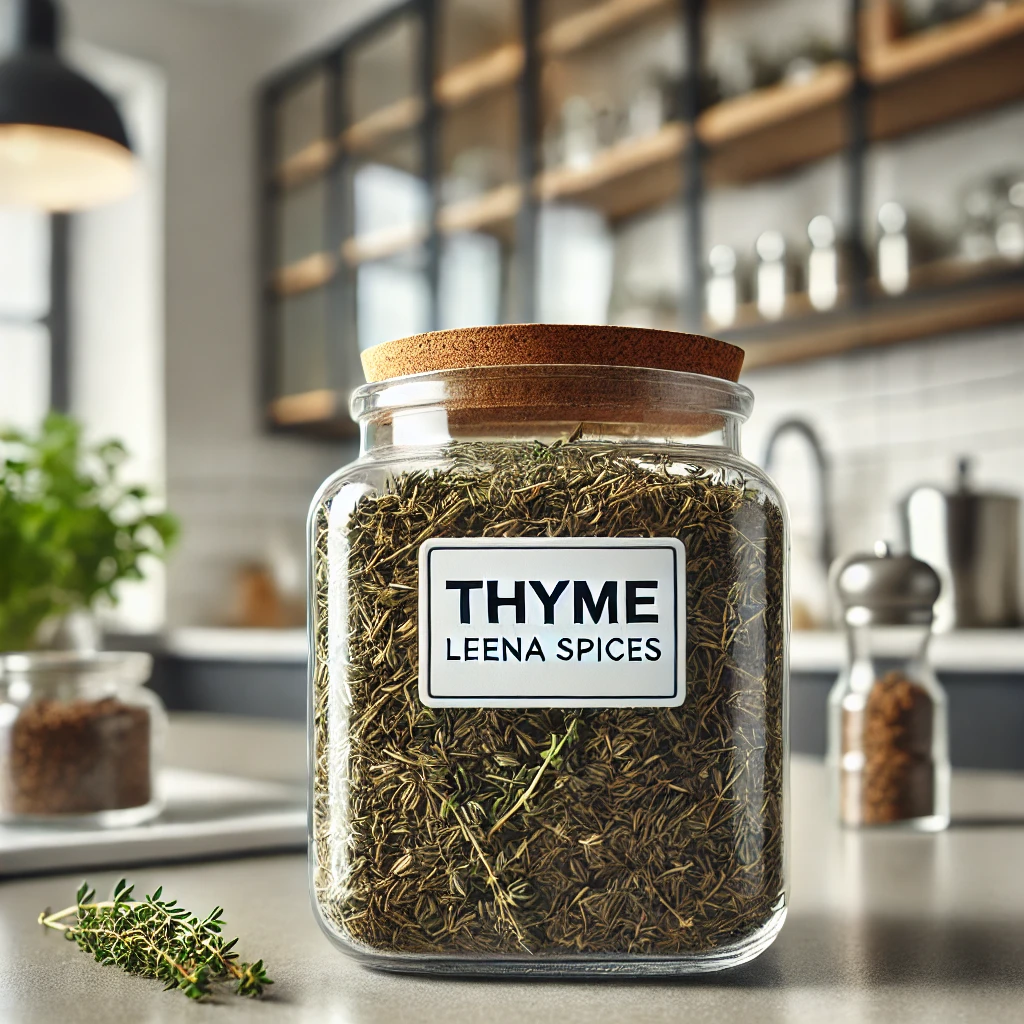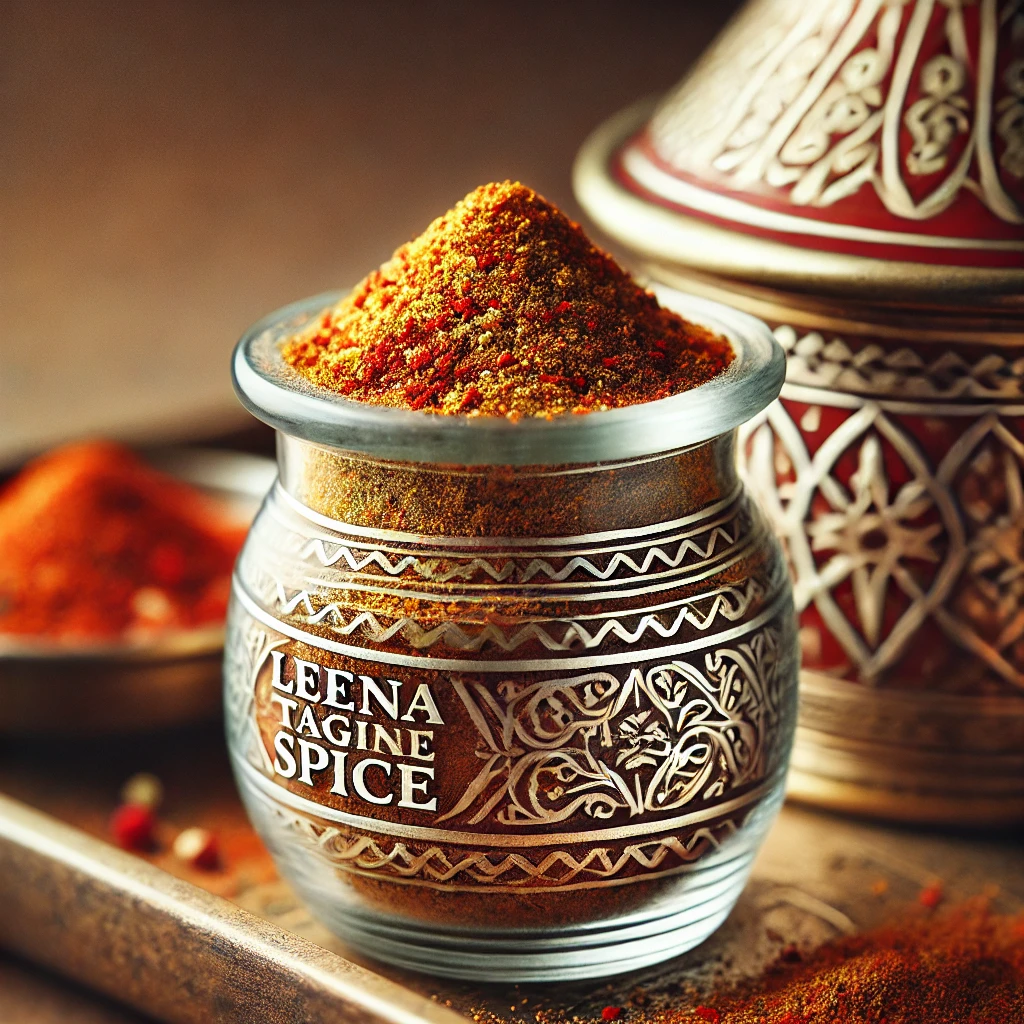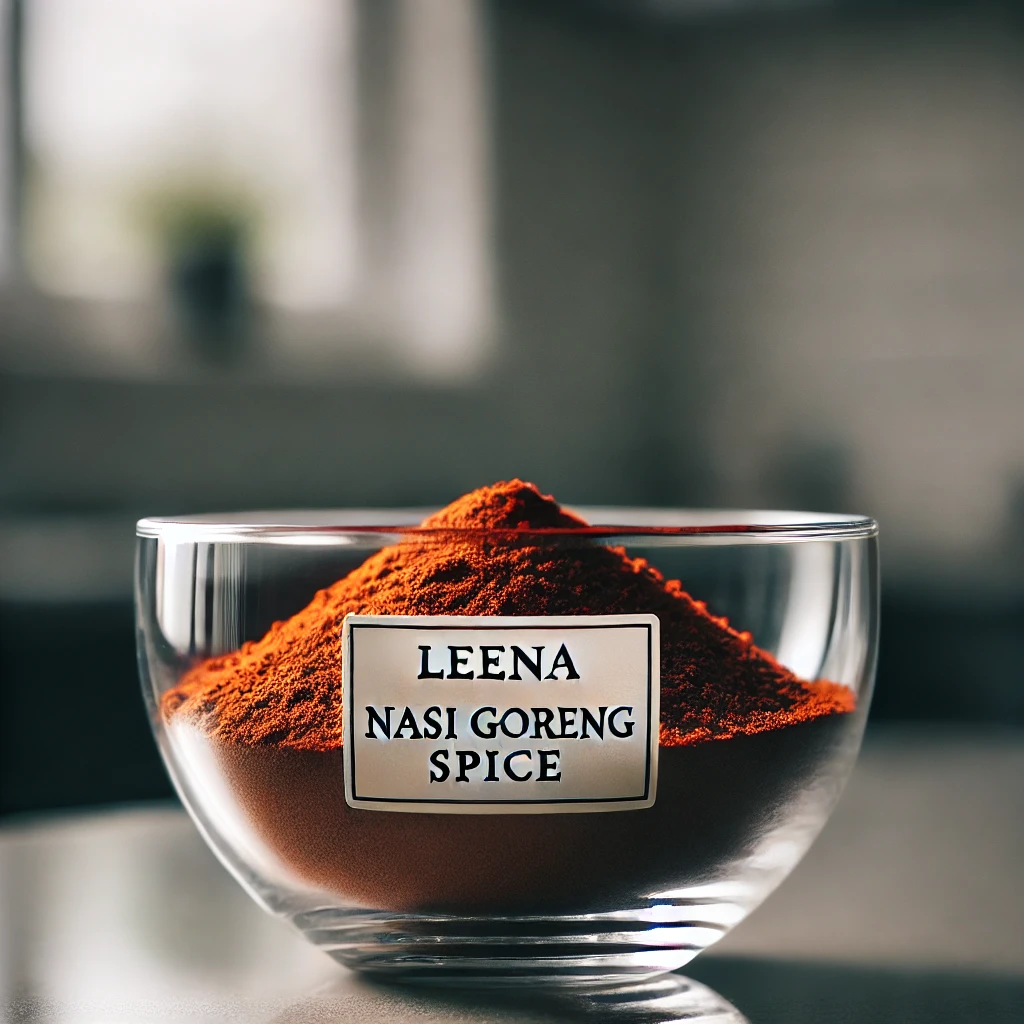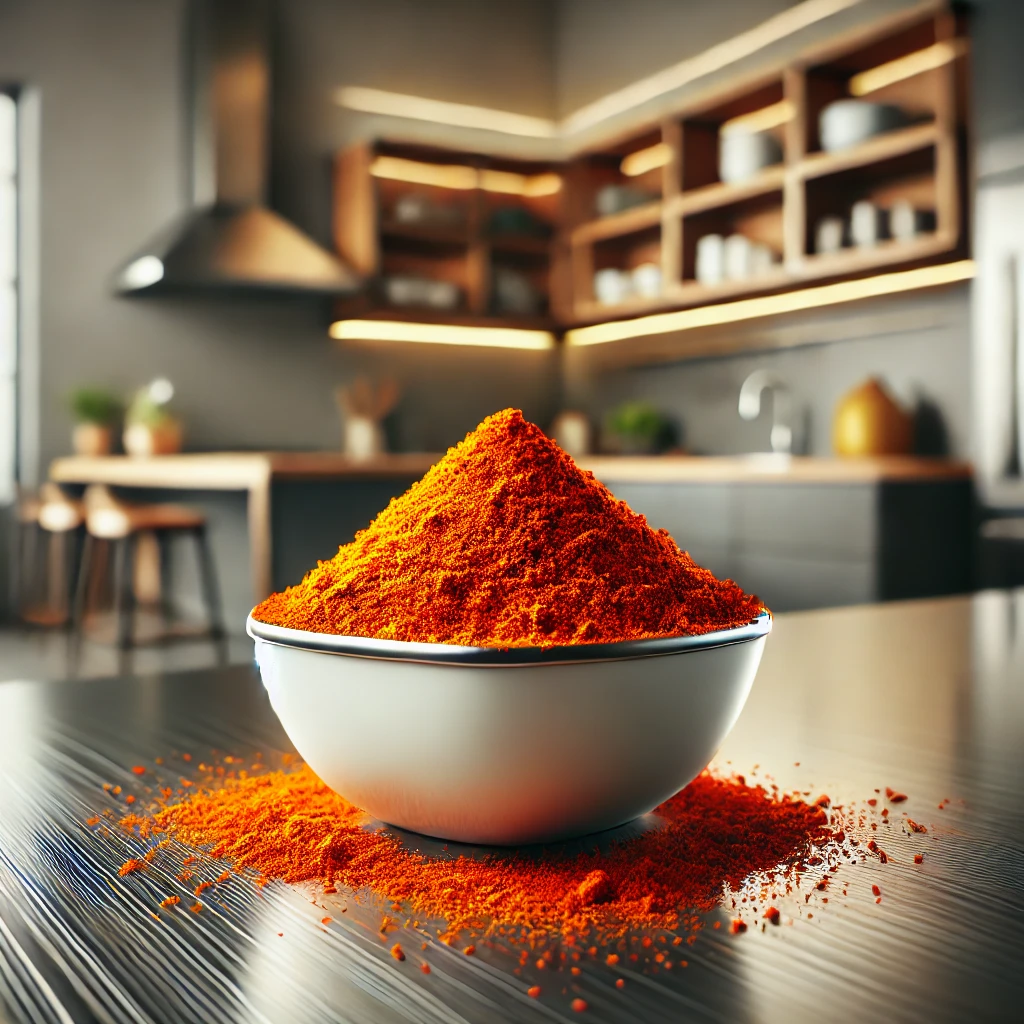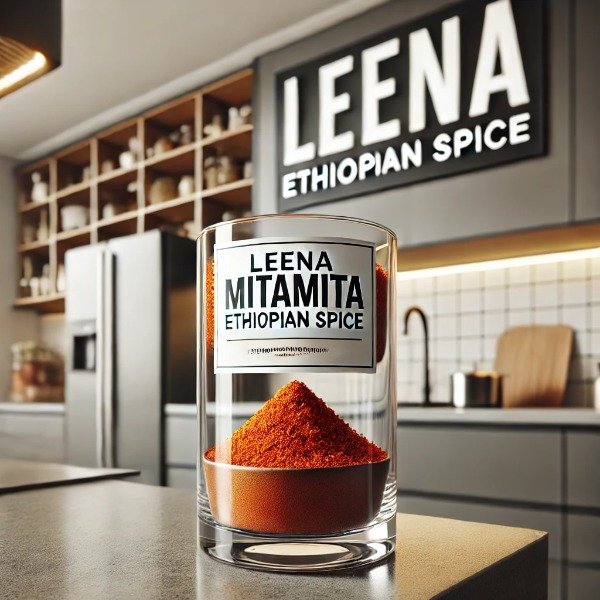How Do I Speed Up My Cooking?
Table of Contents
- Introduction
- How can I use herbs and spices to make my cooking faster?
- What is Blooming Spices?
- How blooming spices speeds up cooking
- How to bloom spices
- Blooming Vs. Toasting spices
- FAQs
- Conclusion
Introduction
In today’s busy world, preparing healthy and tasty meals often feels overwhelming. Work, family responsibilities, and constant distractions leave little room for long hours in the kitchen. Still, home-cooked food remains one of the best choices as it is healthier, budget-friendly, and fully customizable. The challenge is learning how to save time without giving up on flavor or quality.
Cooking faster doesn’t have to mean cutting corners. With the right strategies, you can reduce time at the stove while still serving meals that taste fresh and satisfying. While many people turn to gadgets or ready-made shortcuts, one of the most effective yet overlooked solutions lies in herbs and spices. These simple ingredients do far more good than season food. They can help dishes develop flavor quickly and even shorten cooking steps.
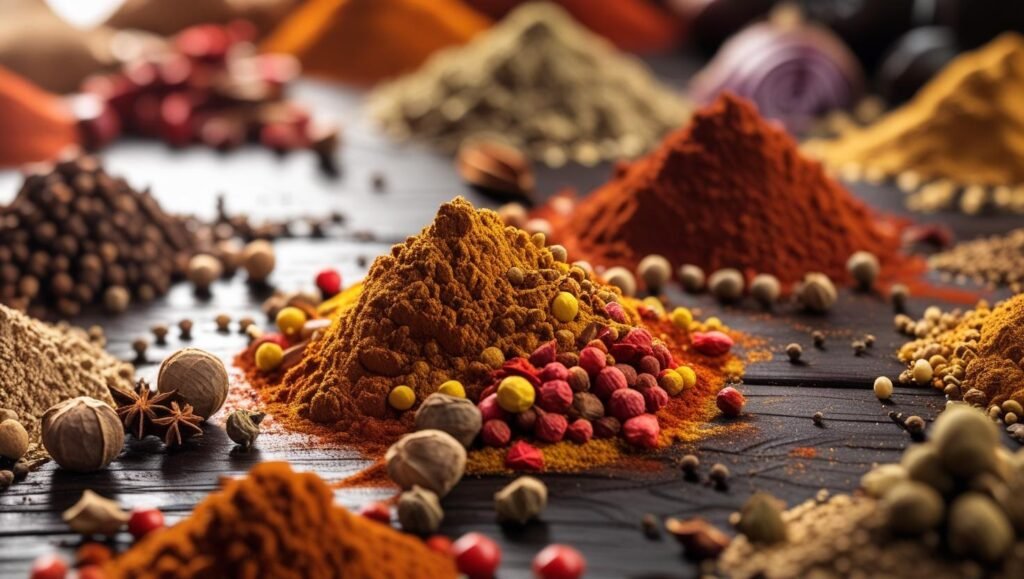
How can I use herbs and spices to make my cooking faster?
Herbs and spices are more than just flavor enhancers and they can actually reduce cooking time when used strategically. By releasing aroma and taste quickly, they shorten the need for long simmering or extended cooking. Here are key techniques:
1. Add Spices Early and Toast Them
Heating whole or ground spices briefly in a dry pan before cooking releases their essential oils rapidly. This intensifies flavor immediately, reducing the need for prolonged simmering.
2. Use Strong, Fast-Infusing Spices
Spices like cumin, chili powder, and black cardamom impart deep flavor quickly, allowing dishes to taste rich even with shorter cooking times. They create depth of flavor in a short time, making meals taste rich without hours of cooking.
3. Build Flavor with Aromatics
Sautéing garlic, ginger, onions, or sturdy herbs like rosemary at the start of cooking forms a strong flavor base. This step helps cutting down the time needed for the dish to develop complexity.
4. Add Delicate Herbs Last
Fresh herbs such as basil, parsley, and coriander release their vibrant flavor instantly. Adding them just before serving enhances freshness without requiring additional cooking.
5. Use Herb and Spice Blends
Pre-mixed blends save measuring time and deliver balanced flavor quickly. They infuse dishes faster than adding herbs and spices individually.
6. Marinate with Herbs and Spices
Related Posts
What is "blooming" spices
“Blooming” spices is one of the most effective techniques for releasing maximum flavor in seconds. Widely practiced in cuisines such as Indian, Middle Eastern, and Mexican cooking, this method can transform a simple dish into something complex and aromatic without long simmering.
What does blooming the spices mean?
Blooming involves briefly heating spices in hot fat such as oil, butter, or ghee at the start of cooking. Unlike dry-toasting, which uses heat alone, blooming allows the spices’ fat-soluble compounds to dissolve directly into the cooking fat. This process disperses flavor evenly throughout the dish and enhances aroma almost instantly.
Why does it speed up cooking?
By extracting and intensifying flavor at the beginning, blooming eliminates the need for extended cooking times to develop richness. In just a few seconds, it builds a strong foundation of taste that would otherwise take much longer to achieve.
In short, blooming is a quick yet powerful way to make food taste deeper, richer, and more satisfying perfect for anyone looking to save time in the kitchen without sacrificing flavor.
How Blooming Spices Speeds Up Cooking and Maximizes Flavor
1. Instant Flavor Extraction:
- Spices contain flavor compounds that are locked within their dried structure.Applying heat and fat acts as a key to unlock these compounds and release their full aroma and taste.This happens in 30-60 seconds, which is a massive shortcut compared to the long time simmering that would otherwise be required to achieve a similar depth of flavor.
2. Even Flavor Distribution:
2. When spices dissolve into oil, the oil itself becomes infused with their aroma and taste. As vegetables, meats, or grains are added, they are coated in this flavored oil, ensuring balanced seasoning throughout the dish.
3. Reviving Older Spices:
3. If you have spices that have been sitting in your pantry for a while, they may have lost some of their potency.Blooming them is a fantastic way to “wake them up” and breathe new life into their flavor, ensuring that even your older ingredients can contribute to a delicious, fast meal.
How to Bloom Spices:
- Heat a small amount of oil, butter, or ghee in a pan over medium heat until shimmering.
- Add your whole or ground spices and stir gently for 30–60 seconds.
- Stop as soon as they become fragrant—burnt spices turn bitter very quickly.
- Once the aroma is released, continue with the rest of your ingredients.
By using this simple step at the start of cooking, you build a strong flavor foundation almost instantly. The result: dishes that taste slow-cooked and layered, yet are ready in a fraction of the time.
- Accelerating flavor release: The heat quickly extracts and disperses flavors into the oil, which then evenly coats other ingredients, reducing the need for long simmering to develop taste.
- Enhancing aroma and depth: Pre-toasted spices create a rich flavor base swiftly, giving dishes complexity that might otherwise take hours to build.
- Improving ingredient integration: Bloomed spices harmonize quickly with vegetables, meats, or sauces, speeding up flavor melding.
Blooming Spices vs. Dry Toasting Spices
Aspect | Blooming | Dry Toasting |
Definition | Briefly heating spices in hot fat (oil, butter, or ghee). | Heating spices in a dry pan without oil or fat. |
Flavor Release | Dissolves fat-soluble compounds into oil, creating deep, evenly distributed flavor. | Releases volatile oils through dry heat, enhancing aroma and nuttiness. |
Cooking Speed | Speeds up flavor development; builds complexity in 30–60 seconds. | Intensifies aroma quickly but still requires additional cooking for depth. |
Best For | Sauces, curries, soups, stir-fries, and dishes where oil is used as a base. | Spice blends, dry rubs, finishing touches, and grinding fresh spice powders. |
Result | Rich, layered flavors that coat all ingredients evenly. | Toasty, nutty notes with enhanced fragrance, but less integration into the dish. |
Risk | Can burn quickly if overheated, leading to bitterness. | Can scorch if left unattended, resulting in harsh, acrid taste. |
Frequently Asked Questions (FAQs)
1. When should I use dried herbs versus fresh herbs?
Dried herbs release flavor more quickly and are ideal for early cooking or quick-simmer dishes. Fresh herbs are best added at the end of cooking or as a garnish to provide a bright, vibrant flavor.
2. How can herbs and spices help me cook faster?
Herbs and spices act as concentrated flavor agents. Using techniques like blooming, pre-mixed blends, and strategic timing allows them to infuse dishes quickly, creating rich, layered flavors without long cooking times.
3. How can I prepare herbs and spices to save time in the kitchen?
- Create pre-mixed spice blends for weekly use.
- Finely chop herbs or crush dried spices before cooking.
- Make spice-infused oils for instant flavor.
- Use quick marinades to tenderize and flavor proteins efficiently.
4. How can I keep my herbs and spices fresh and potent?
Store them in airtight containers away from heat and light. Use sharp knives or herb scissors for quick chopping, and consider pre-minced garlic or ginger for convenience. Measuring spoons and spice grinders also help maintain consistency and reduce prep time.
Can using herbs and spices really make a dish taste like it was slow-cooked?
Yes. Techniques like blooming, using bold spices early, and layering flavors allow fast-cooked meals to develop depth and complexity similar to slow-simmered dishes, without spending hours at the stove.
Conclusion
Herbs and spices are essential tools for anyone looking to cook quickly while maintaining the depth and richness of home-cooked meals. By learning which spices release flavor fastest and mastering the timing and techniques for their use, you can prepare vibrant, delicious dishes with ease. Incorporating bold, aromatic herbs and spices not only speeds up cooking but also encourages creativity in the kitchen. Start applying these strategies today to enjoy meals that are both faster to make and full of flavor.
